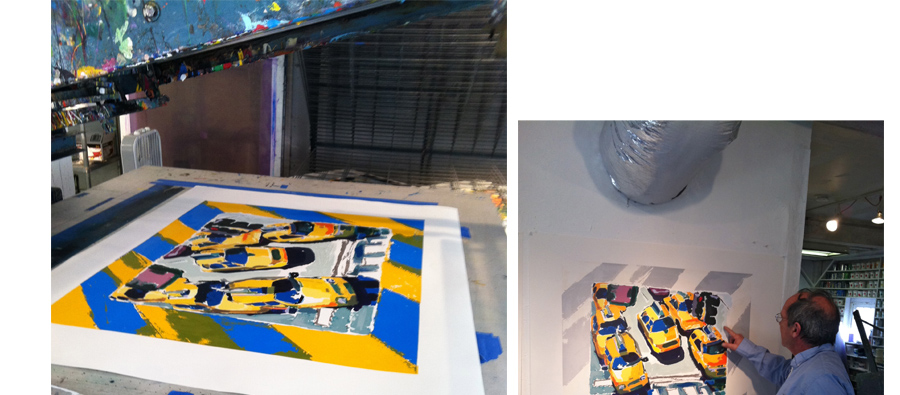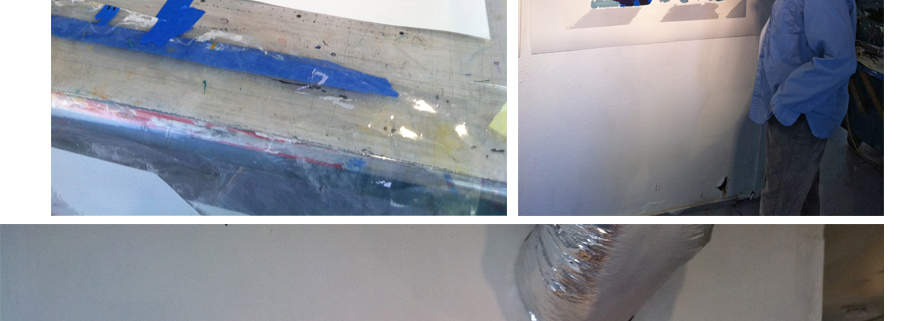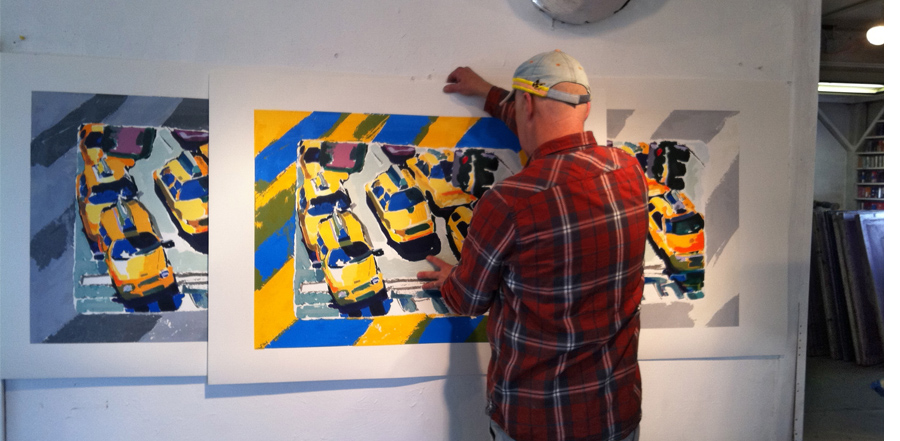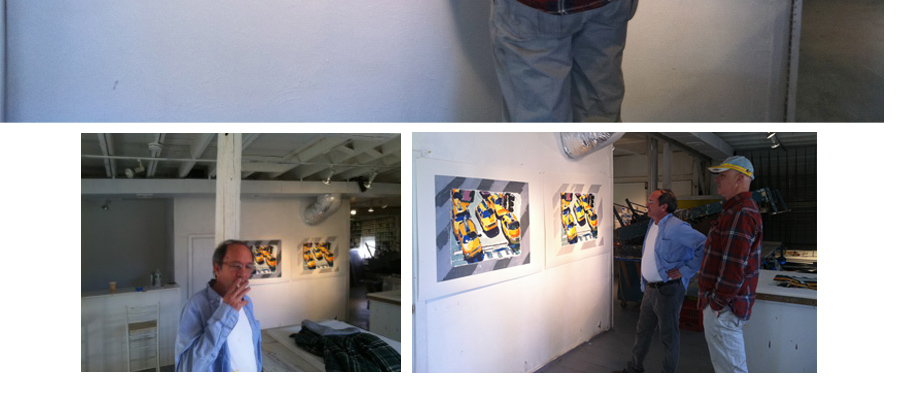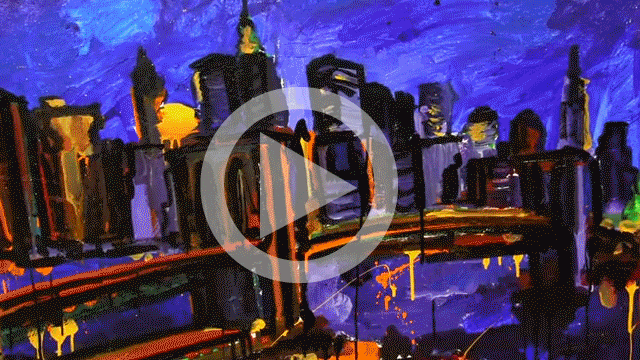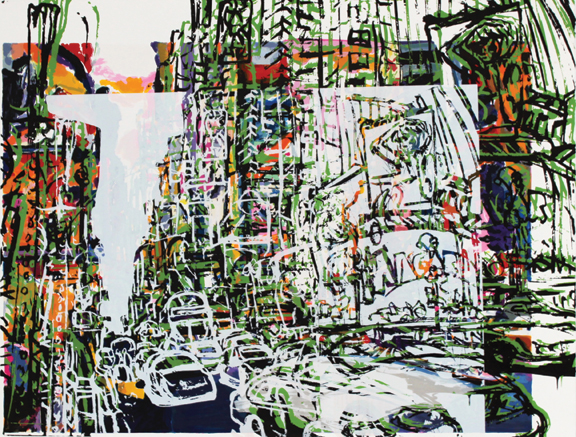TOM CHRISTOPHER - WORKS IN PROGRESS
BMW Art Car Series, prototype
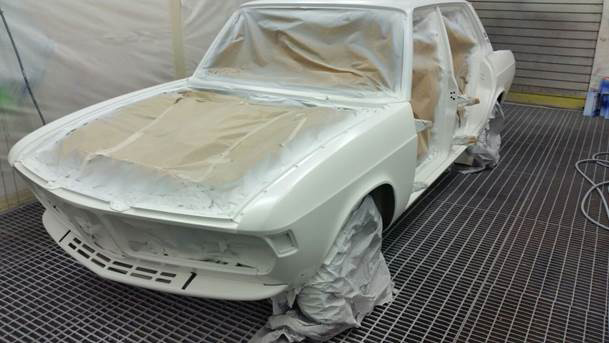
Car in prep for painting.
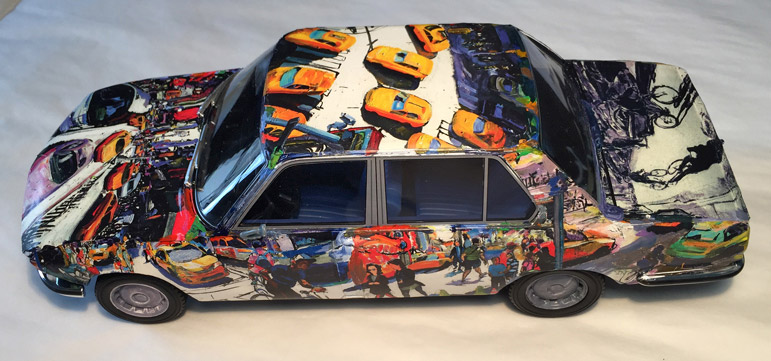
Prototype tests
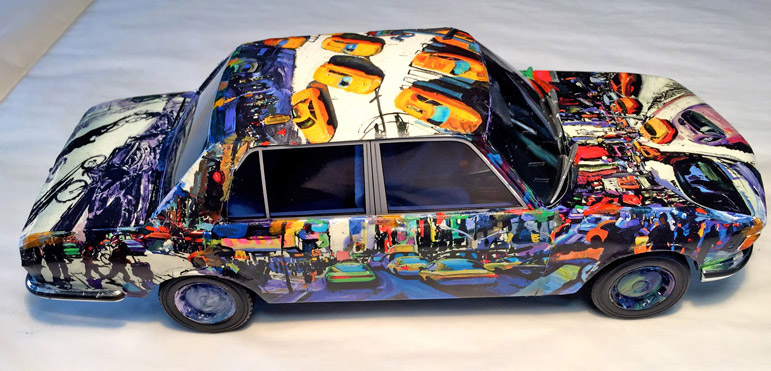
Man Bites Dog
Rene Magritte’s best-known work is called The Treachery of Images, but many viewers will probably recognize the droll surrealist masterpiece by another title, one that’s printed on the
lower portion of the painting itself. Writ large, the words proclaim Ceci n’est pas une pipe. (“This is not a pipe.”) Since the oil on canvas convincingly depicts a briar pipe — albeit one that
floats in midair — the ensemble presents a decidedly mixed message. In the bargain comes a lesson in aesthetics, an invitation to ponder the meaning of reality, and a sly smile.
Let’s start with the obvious question: well, if it’s not a pipe, what then is it? Hidden in
plain sight, the answer defines the essence of modernity. It is first and foremost a painting, an object in its own right, manifesting a host of nuanced physical properties that collectively
encode its meaning. This particular object happens to evoke a pipe; but representational
and
non-representational paintings alike are always just that: paintings. This pure
and simple truth has complex consequences.
So we’re agreed on the fact that Magritte’s Treachery of Images is not a pipe, because
it is instead an oil on canvas. Now here’s a tougher question. How do we classify the unique
BMW sedan that that serves the latest and most ambitious canvas of the American
Expressionist
Tom Christopher? Could we claim that this is not a car?
For starters, let’s admit that Christopher paints cars – literally and figuratively. This automotive motif has been a staple in his art for decades, where it represents a subset of
his focus on Manhattan’s urban landscape. These days, Christopher’s up to something startlingly new. The artist has taken to painting images of cars — and cyclists, and taxis, and
fleet-footed
pedestrians negotiating their way through canyons of concrete – all swirling
across
the hood, roof and chassis of an actual automobile, a sleek four-door
classic that looks to be moving at breakneck speed …even when parked!
After graduating from Art Center College of Design — that bastion of automotive design in Pasadena, California — Christopher spent his early years working as an illustrator and
courtroom artist for venues such as CBS News and The Wall Street Journal. There he honed
his ability to capture a sense of character with alacrity, and he realized that
body-language
matters mightily. Now, as then, Christopher recognizes the narrative potential
that inheres in reportage and he updates journalism’s well-known truism, to wit:
A car on the
streets of New York isn’t news. But the streets of New York on a car, now that’s news!
Gerard Haggerty is a writer who teaches at Brooklyn College, City University of New York.
His prose has been published in ArtNEWS, Art in America, Arts, and Artweek, among other venues.
His work has also won the support of the National Endowment for the Arts, the
National Endowment for the Humanities, and the Ford Foundation
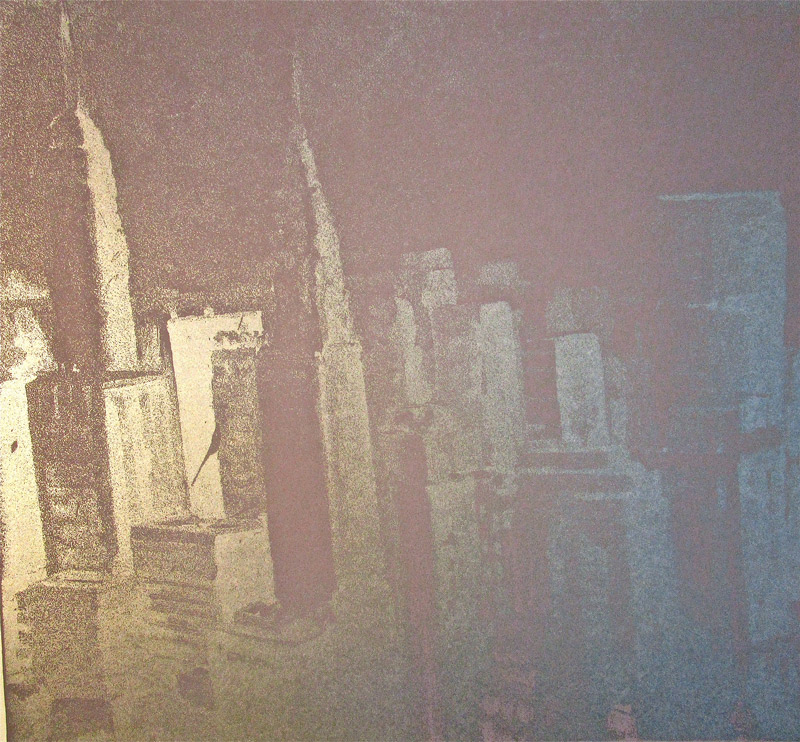
Two color serigraph printed with Gary Lichtenstein
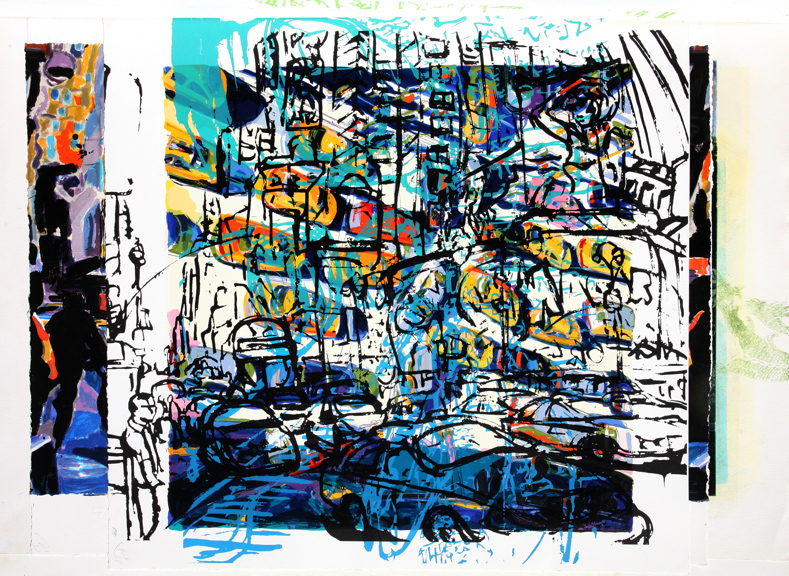
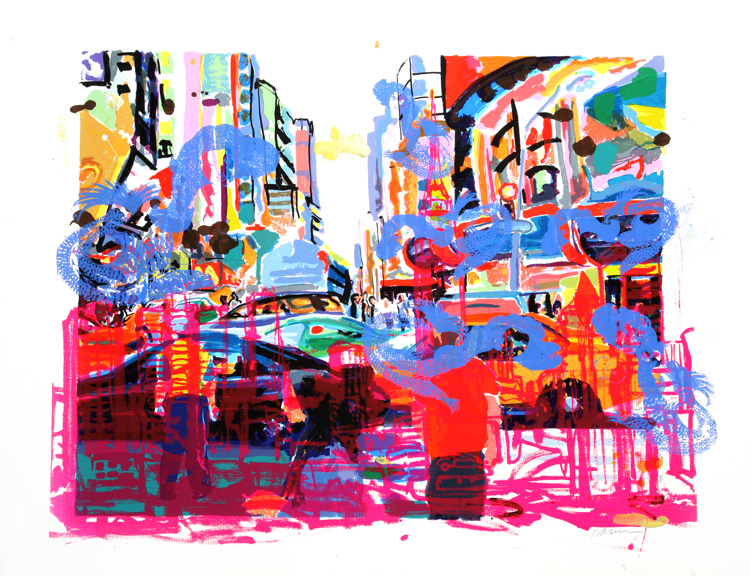
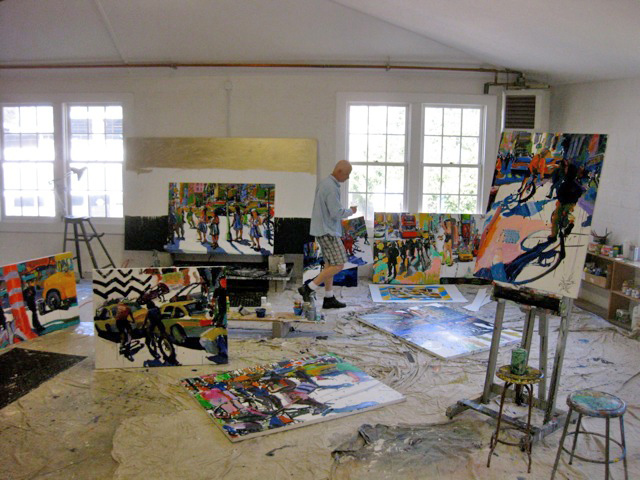
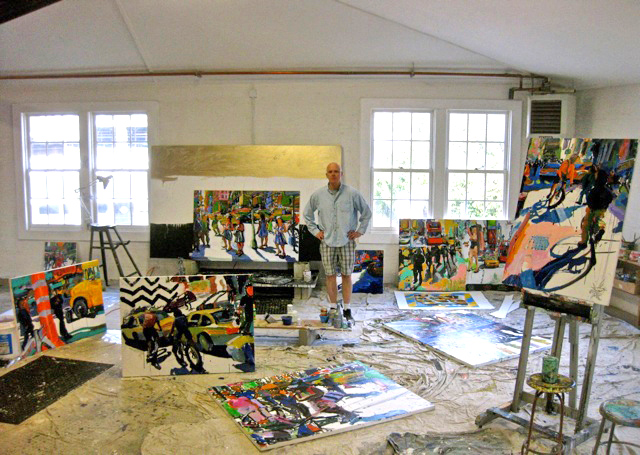
Tom Christopher, Like Popeye After a Can of Spinach. Never Saw Anybody Move So Fast. Ever.
2004 Courtesy of the artist and Gary Lichtenstein Editions, Ridgefield, CT
Master printer and Connecticut native Gary Lichtenstein has collaborated with over ninety artists during the course of his thirty-five-year career. This exhibition brings together forty-eight screenprints from the over eight hundred he has created, focusing on works made since 2004.
Lichtenstein’s role as an artist in his own right has brought an innovative perspective to his craft. His innate ability as a colorist, together with his belief in spontaneity and acceptance of what others would consider accidents or mistakes, has defined his studio. Multiple trial proofs and color variations are the norm, and Lichtenstein has no concern about how many screens it will take to successfully resolve an image. It is not unusual for a print from his studio to have fifteen or twenty colors, and there are examples of prints with forty or more. In the past decade, Lichtenstein has also begun to experiment with unique, large-scale screenprints on canvas, blurring the boundary between painting and printmaking.
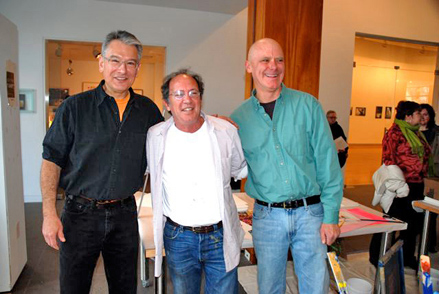
Richard Klein (director), Gary Lichtenstein, and Tom Christopher at
Aldrich Museum of Contemporary Art.
